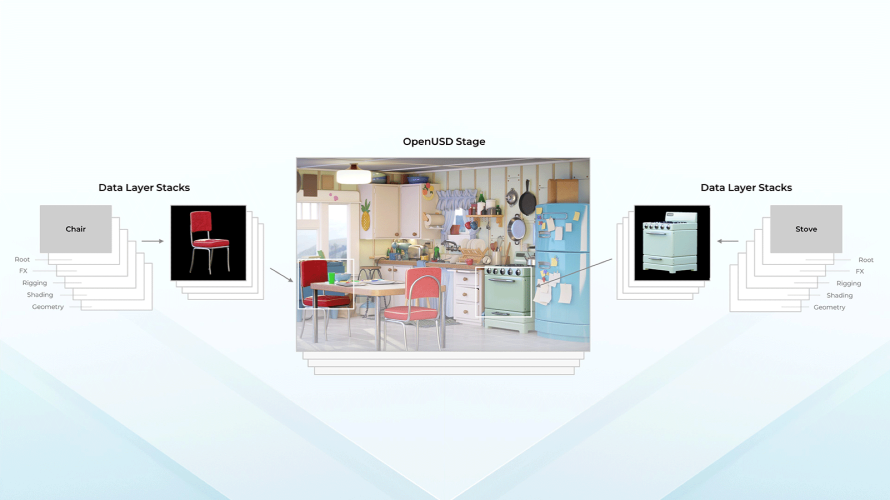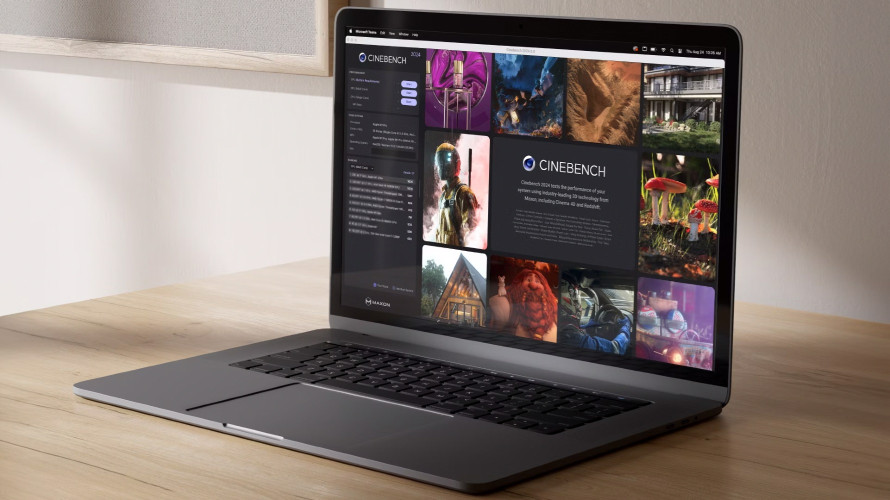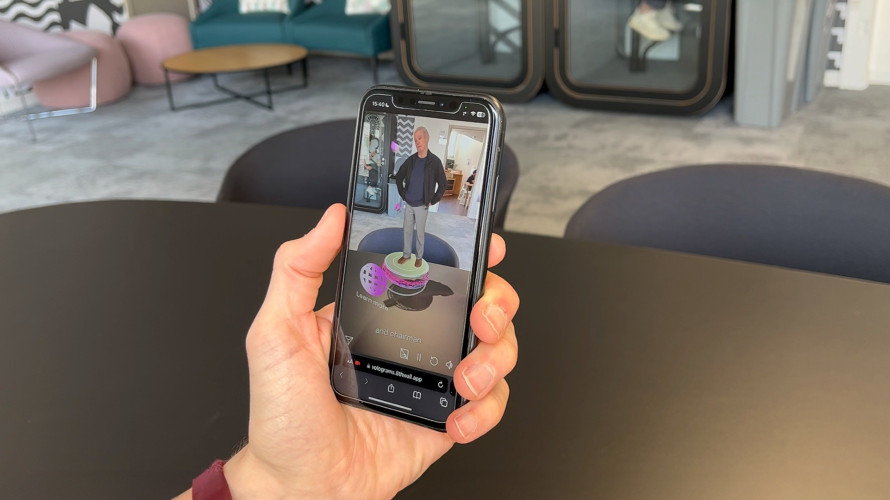You would have thought that the Royal Wedding, with its forecast record global viewing, would be available in 3D. Reports in the Guardian newspaper say that Sky 3D was keen to provide a complete 3D service, and indeed they did have cameras to shoot the outside scenes but access inside the Abby was denied. The paper also reports reasons given as ‘camera footprint’ and the ‘relatively small (albeit growing) audience’. What a shame, I would have paid money to see the cartwheeling verger in 3D!
As it was the Abby, over 900 years old and not built with TV cameras in mind, was probably hosting more technical equipment than ever before and it all had to be hidden away and not impede the ceremony or the guests in any way. And it is so often the case that TV, probably watched by hundreds of millions in this case, has to be tucked away and unobtrusive.
On a wider, everyday, front there is real concern about rigs in sports stadiums. A rig placed in a stadium may take up valuable seating (TV always wants to be at the best seat in the house), or obscures the views of the crowd. 3D has a bit of a problem here as, for football at least, lower camera angles are favoured, so placing more equipment among the fans best seats. The other problem is that some rigs are really big – especially those designed for long zooms. Then it gets worse as you have not just the two powerful bulky lenses in front of two camera bodies, but also a rig that will widen the interaxial distance as the lenses zoom, to give meaningful 3D to distant objects.
And another thing, the discussion continues about having separate 2D and 3D productions for the same event. If 3D is piled on top of 2D then there will be more cameras and more valuable seating space is given over to the cameras. The idea, originally put forward in this column, of having just one production to cover ‘Both Ds’, is being hotly debated. 3D Diaries believes this will be ultimately driven by money; there is very little extra cash on the table for 3DTV. Of course, someone will actually do this soon, and only then we’ll know if it really works.
In the meantime discussion continues. It was interesting to see TVB Europe report that at NAB, the use of common 2D/3D camera positions was favoured by director James Cameron and rig innovator Vince Pace. Duncan Humphreys from UK 3D production company CAN Communicate commented, “One size does not fit all and for most sports a separate 3D cut is necessary.” This debate will run and run.
Anyone for Tennis?
Space in the favoured viewing positions is always at a premium at any popular sporting venue. The summer tennis tournaments are now in full swing with 3D on offer from, at least, the French Open at Roland Gaross, Paris and, for the first time, Wimbledon. Interestingly tennis is shot very differently to many other popular TV sports such as football (all types), cricket and golf. The difference is that the playing area for tennis is far smaller. This means the cameras are much closer to the action so big the zooms over long distances – resulting in big rigs with wide interaxial settings to show 3D depth where we don’t normally see it – should not be necessary. As these long 3D shots often look artificial, producing the ‘cardboard cut-out’ effect, it’s good that these big rigs should not be needed... well, not much.
The popular high wide-angle shot showing the whole tennis court would probably not show much 3D, but there are always plenty of low-angle shots which should look excellent. It used Alfacam production facilities with Panasonic providing equipment including cameras such as the new compact AG-3DP1 twin-lens x17 zoom 3D camera, which experienced its first live event, and a somewhat larger side-by-side rig with two AK-HC1800 box cameras.
At Wimbledon, the live 3D production is provided by Sony in partnership with the BBC. The output is offered to interested global broadcasters while SuperVision Media, Sony’s theatrical distribution partners, is making the feed available to 3D cinemas worldwide. Many companies are involved including CAN Communicate supported by Quantel. All this activity and cross-industry support shows just what an effort live 3D coverage of a big event can still be. And this is just for the last few matches on Centre Court. However many people will be watching – some at home!
Twelve months is a long time in 3DTV. Last year Roland Gaross coverage included 3D that was shown in just 3,000 European retail stores. This year the 3D coverage for Eurosport was available in the homes of 17 countries across Europe. In the UK the French action was on Virgin Media. That is clearly a good step for 3DTV, but as important is the retail interest with more than 7,500 shops showing it this year.
Yes, space is important. One of the major gripes of 3DTV detractors has been the lack of content. It would have been wonderful to see that wedding ceremony in 3D but the necessary smaller cameras that surely would have made the difference, are only now becoming available. More 3D is being produced and the size of the audience, deemed too small by some, is growing while the size of cameras is shrinking – a win-win for 3D.


























